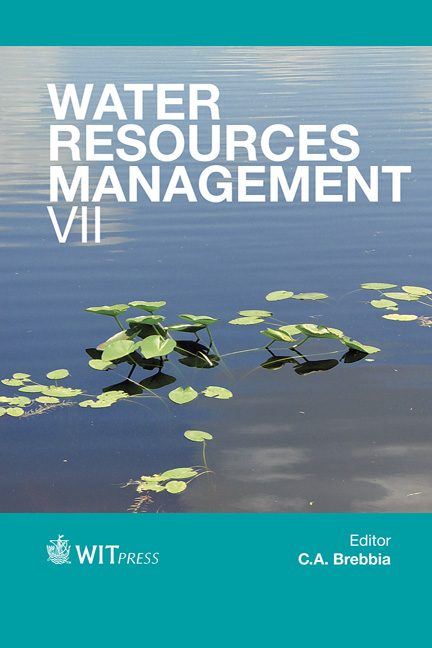HybridICE® HIF Filter: Principle And Operation
Price
Free (open access)
Transaction
Volume
171
Pages
10
Page Range
259 - 268
Published
2013
Size
851 kb
Paper DOI
10.2495/WRM130231
Copyright
WIT Press
Author(s)
A. Adeniyi, J. P. Maree, R. K. K. Mbaya, A. P. I. Popoola, F. S. Oosthuizen, T. Mtombeni & C. M. Zvinowanda
Abstract
The HybridICE technology operates on the principle that growing ice crystals reject impurities during freezing and is a \“zero liquid discharge” process, whereby the water is completely isolated from the dissolved waste species. The technology recovers water from waste waters for re uses for all purposes. The process allows the utilisation of both surplus process heat and cooling energy. The waste heat from the refrigeration cycle is, moreover, utilised for vacuum evaporation to recover a fraction of the water as condensate. The predominant water fraction is recovered by isolating the ice from a concentrated process brine stream. The process takes place in a static concentrator, known as the HybridICE Filter module (HIF) that separates the suspended ice crystals from the concentrated brine slurry to recover ice crystals as pure water. The recovered ice from the freeze crystallisation does not require rinsing with fresh water. Basic factors influence the quality and yield of recovered water. These include but are not limited to: TDS of the waste water stream; first ice point; ice content of the process waste water; mass-flow. The slurry ice feed stream was generated using the HybridICE freeze crystallisation plant. The objective was to establish the comparative behaviour of a low and high sodium chloride feed using 2% and 8% (m/m) NaCl feed brine streams. Keywords: HybridICE, filter, ice, slurry, yield, salt removal.
Keywords
Keywords: HybridICE, filter, ice, slurry, yield, salt removal.





